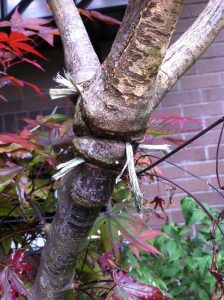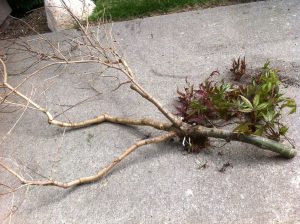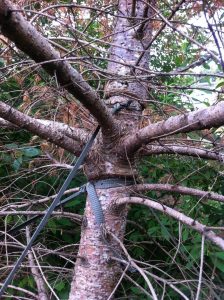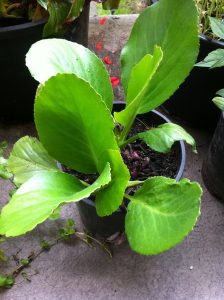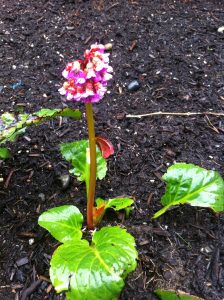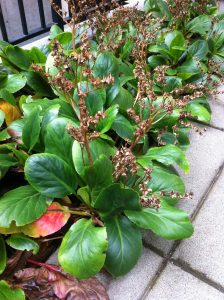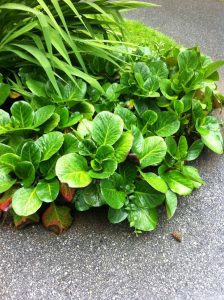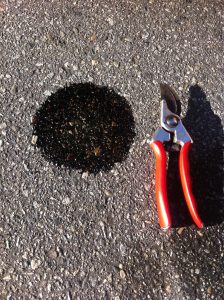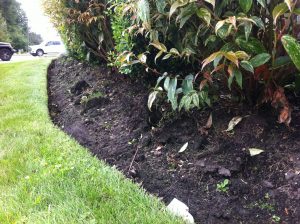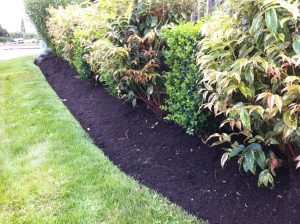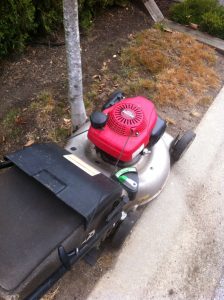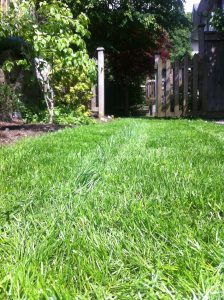Like most landscape professionals, I have a few private clients. Just as I finished my lawn care duties on my bi-weekly run on the Westwood Plateau, I noticed the house next door was for sale. Open house scheduled for Saturday and Sunday. The landscaping looked awful. The owners had clearly moved out.
This is where Grant Cardone comes in. He is a millionaire sales professional, speaker, author and real estate investor in the USA. I have several of his books on audio. I took away two key ideas from his writings.
A) We are all selling
You may not be in sales but it’s guaranteed you are selling daily. If not goods, then ideas and projects to your partner, family, friends, co-workers, etc. I had always considered sales people to be high-pressure hustlers. A bit sleazy. Some are. But I’ve changed. I’m selling my services and ideas all the time.
B) 10x your life
The second powerful idea is to 10x your life. Whatever you are doing, do it ten times better. For example, my side-hustle landscaping income. My study of the landscaping industry.
Back to Westwood Plateau. The home for sale clearly needed some attention. List price: $1.12 million. So I called the selling realtor. A rare cold call for me! She agreed that the landscaping could use attention. Could I cut it on Friday? Of course. She cut me a cheque and left it on the front porch. Done deal. Double what the lady next door pays me!
I cut and edged the front lawns. Blade edging clearly had not been done for months so I re-established all hard edges. Courtesy blow closed out the session. Then the buying agent showed up. His Porsche driving clients wondered if I came with the house. Very funny.
Action steps
Get to know Grant Cardone and improve your sales. Take your life and 10x everything. See what happens.
If you see me hustling on the Westwood Plateau, say Hi.



